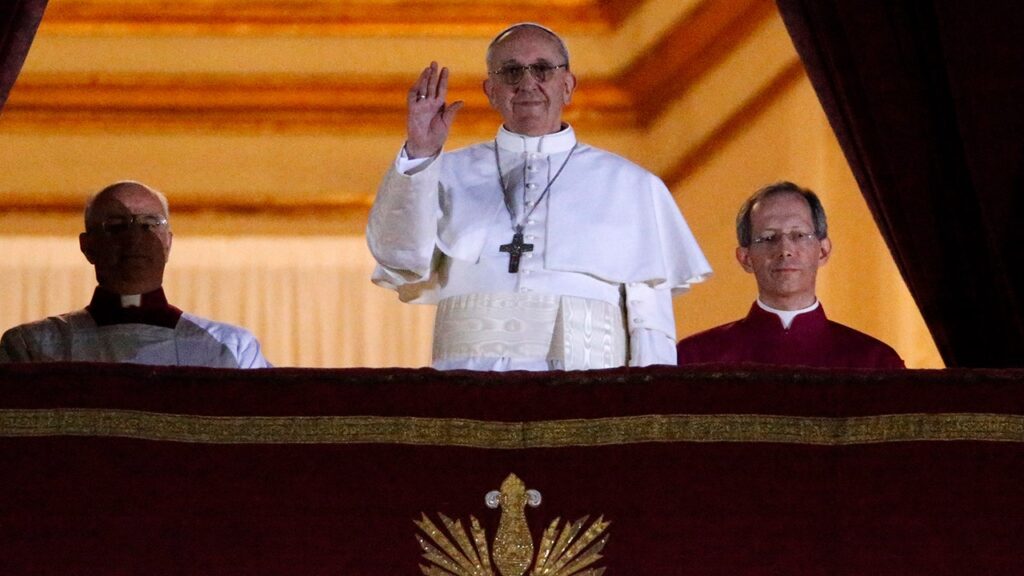Pope Francis was elected to the papacy on March 13, 2013, at the age of 76. He passed away at the age of 88 on Monday, April 21.
Born in Argentina as Jorge Bergoglio, Pope Francis joined the Society of Jesus at the age of 21. He was ordained a priest days before his 33rd birthday and was consecrated as an auxiliary bishop of his hometown of Buenos Aires in 1992.
In 1998, he was named the Archbishop of Buenos Aires, serving in that role until his election to the papacy in 2013. He was elevated to the College of Cardinals in 2001 by Pope John Paul II – whom he would later canonize.
PHOTO GALLERY: POPE FRANCIS THROUGH THE YEARS
Here are five ways the pope impacted the Catholic Church.
1. Historical firsts
Pope Francis was the first Jesuit to be elected pope.
A Jesuit is a member of the Society of Jesus, a religious order founded by St. Ignatius Loyola.
Francis’ election marked many other firsts. A native of Argentina, he was the first pope to be elected from the Americas and the first from the Southern Hemisphere.
He was also the first pope to adopt the regnal name “Francis.”
“For many Jesuits, what the first Jesuit pope meant was someone who could show the world what the Jesuits are really about, beyond the stereotypes,” Fr. David Paternostro, S.J., a Jesuit priest who lives in Missouri, told Fox News Digital.
“Francis is a man who has felt Jesus close to him in spite of his sins and wants others to have this same feeling.”
Paternostro continued, “From his very first interview, where he answered the question, ‘Who is Jorge Mario Bergolio’ by declaring ‘I am a sinner,’ he demonstrated a hallmark of Jesuit spirituality: a sense of being a sinner loved by the Lord and called to friendship with Jesus.”
Pope Francis, Paternostro said, “showed the world what Jesuits can be at our best: a true evangelist, a true son of Ignatius and (as he has described himself repeatedly) a true son of the Church.”
“Francis is a man who has felt Jesus close to him in spite of his sins and [wanted] others to have this same feeling,” Paternostro said.
2. New saints
Throughout the 12 years of his papacy, Pope Francis canonized nearly 1,000 people. (This total, however, includes the “Martyrs of Otranto,” a group of 813 people who were killed on Aug. 14, 1480, in Otranto, Italy.)
Among the notable people canonized by Pope Francis was St. Junipero Serra, a Spanish priest who established nine missions in what is now California.

Serra’s canonization on Sept. 23, 2015 was the first-ever on U.S. soil, Fox News Digital previously reported.
Francis also canonized Pope John Paul II, Mother Teresa, Pope Paul VI, and Pope John XXIII.
3. Death penalty teaching
On Aug. 2, 2018, Pope Francis issued a letter revising the Catechism of the Catholic Church’s teaching on the death penalty.
MOTHER TERESA’S LAST MESSAGE, WRITTEN ON DAY SHE DIED, REVEALS DEEP FAITH IN CHRIST
“Pope Francis continued the recent tradition of previous popes, including from St. John Paul II, by escalating Catholic opposition to modern-day use of the death penalty,” Charles Camosy, professor of bioethics at the Creighton University School of Medicine, told Fox News Digital. Camosy is based in New Jersey.
Francis’ language in the letter, however, “stopped short of calling the practice intrinsically evil, a term used frequently in Catholic moral theology,” Camosy said.
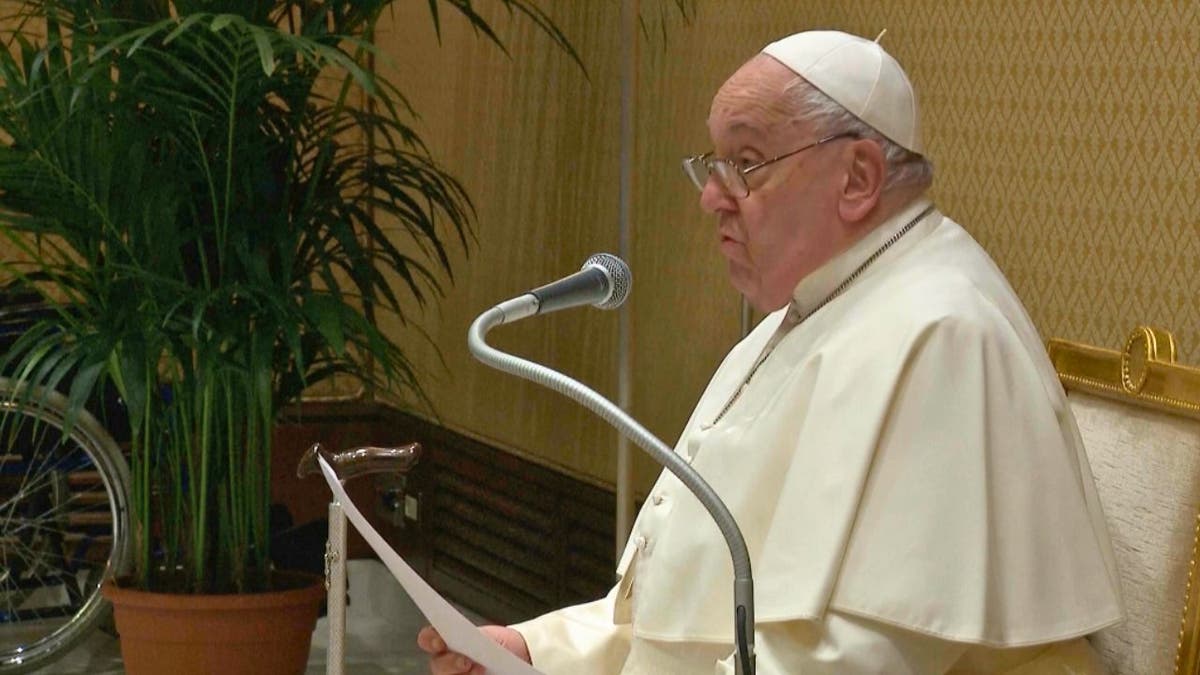
Instead, Francis used the term “inadmissible” and said it was an attack on human dignity.
“I think it is fair to say that the Holy Father used the strongest possible language against the death penalty without using language that would 100% close the door on it no matter what,” Camosy said.
4. Guidance during the coronavirus pandemic
Italy was one of the hardest-hit areas in the first months of the coronavirus pandemic and saw thousands of deaths. The entire country went into lockdown on March 9, the first to do so.
About two weeks later, on March 27, 2020, in one of the most striking moments of his papacy, Pope Francis delivered a special “Urbi et Orbi” (“from the city to the world”) blessing from St. Peter’s Square, which was televised worldwide.
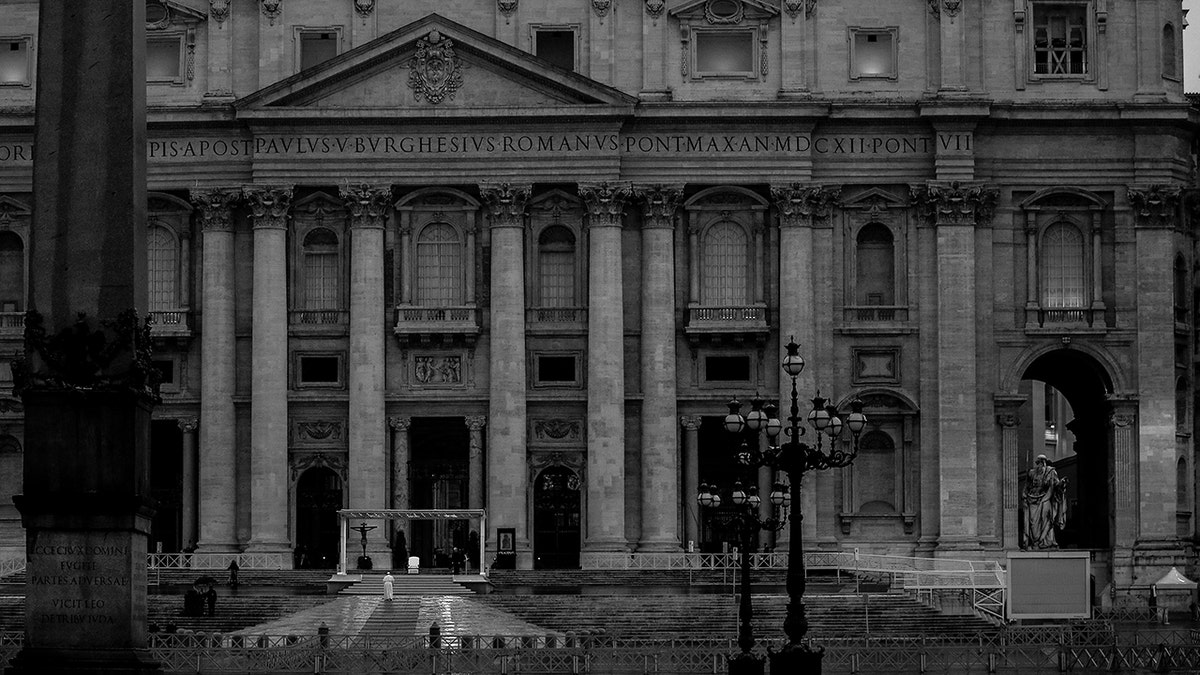
For Dawn Eden Goldstein, a Washington, D.C.-based theologian and canon lawyer, the moment had special meaning.
“I have never been so proud to be a Catholic as when Pope Francis gave his extraordinary blessing to the world from a near-empty St. Peter’s Square on March 27, 2020, at the height of the COVID-19 pandemic, when half the world was under lockdown,” she said.
She continued, “His message was powerful: He encouraged us to treat the crisis as an opportunity for personal conversion and for building fraternity, and he assured us that Jesus was with us.”
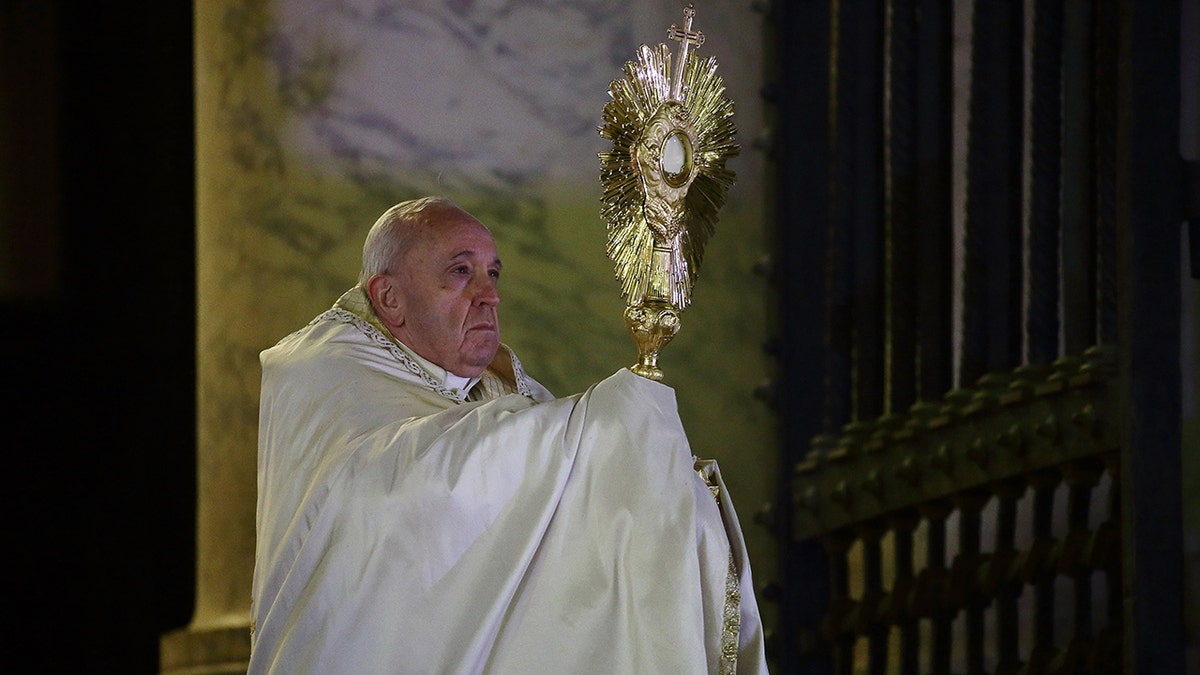
After the blessing, Pope Francis lifted the Eucharist, contained in a special receptacle called a monstrance, and took it out of St. Peter’s Basilica.
Visibly limping, Pope Francis then blessed the world.
“He gave us all a moment of profound intimacy with the Lord at the time when we needed it most,” Goldstein said.
5. Expanding the Church
The word “Catholic” translates to “universal,” and Pope Francis’ papacy exemplified this. Francis visited places no previous pontiff had ever visited and appointed cardinals from non-traditional locations.
During his papacy, Pope Francis became the first pope to visit Iraq, Mongolia, Myanmar and the United Arab Emirates.

In 2015, Francis visited the Central African Republic, becoming the first pope to enter an active war zone.
For more Lifestyle articles, visit www.foxnews.com/lifestyle
During his papacy, Pope Francis created 163 cardinals who were from a total of 75 countries.
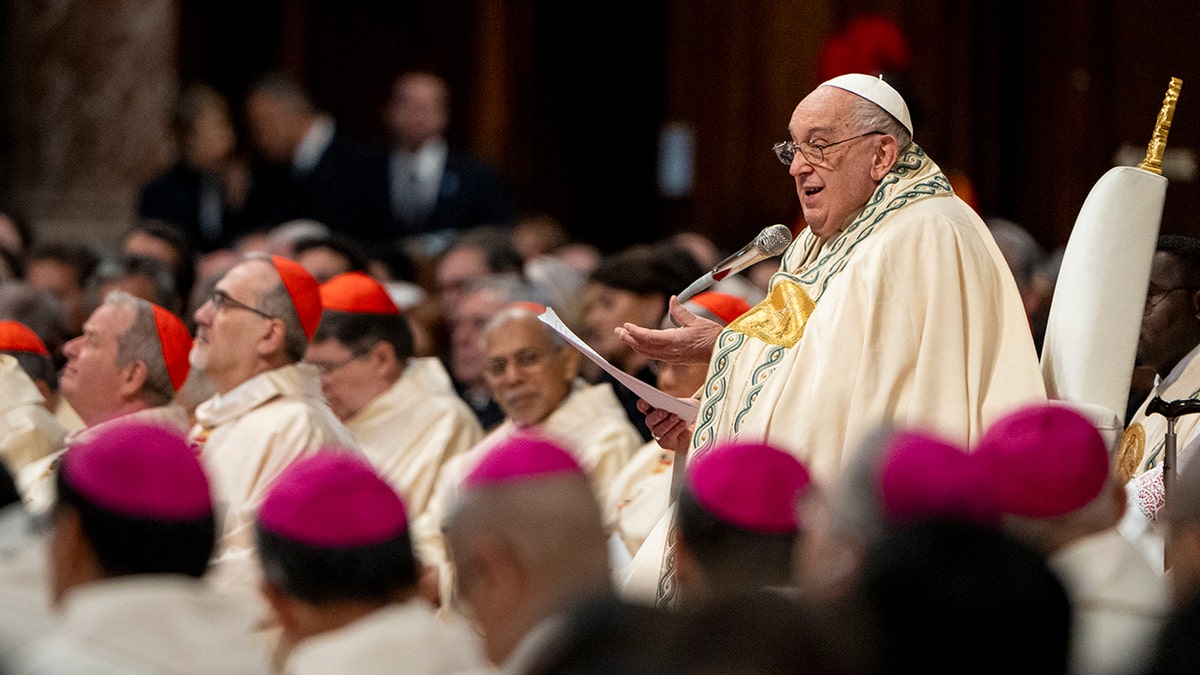
A third of these countries had never before been represented in the College of Cardinals.
Francis appointed the first cardinals from Bangladesh, Brunei, Central African Republic, Cape Verde, El Salvador, Haiti, Laos, Lesotho, Luxembourg, Malaysia, Mali, Mongolia, Morocco, Myanmar, Panama, Papua New Guinea, Paraguay, Rwanda, Serbia, Singapore, South Sudan, St. Lucia, Sweden, Timor-Leste and Tonga, according to the Vatican’s website.
Read the full article here
